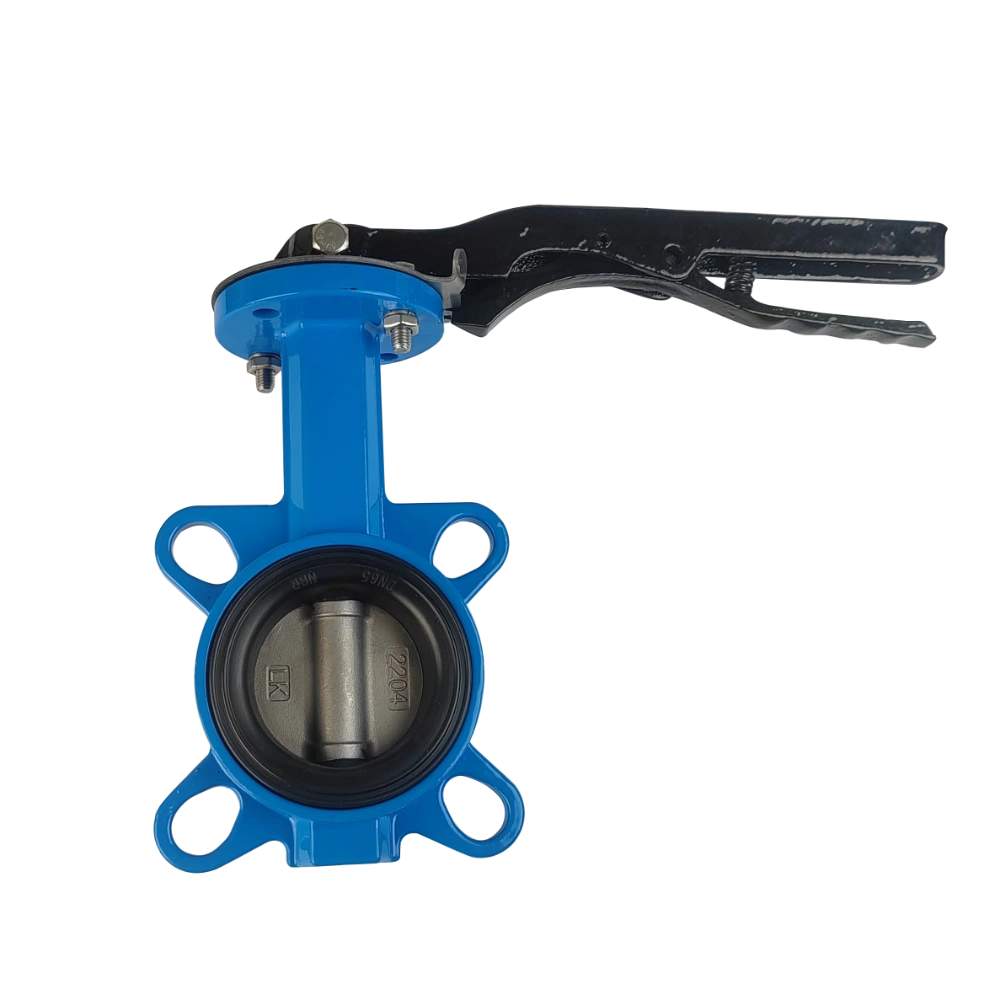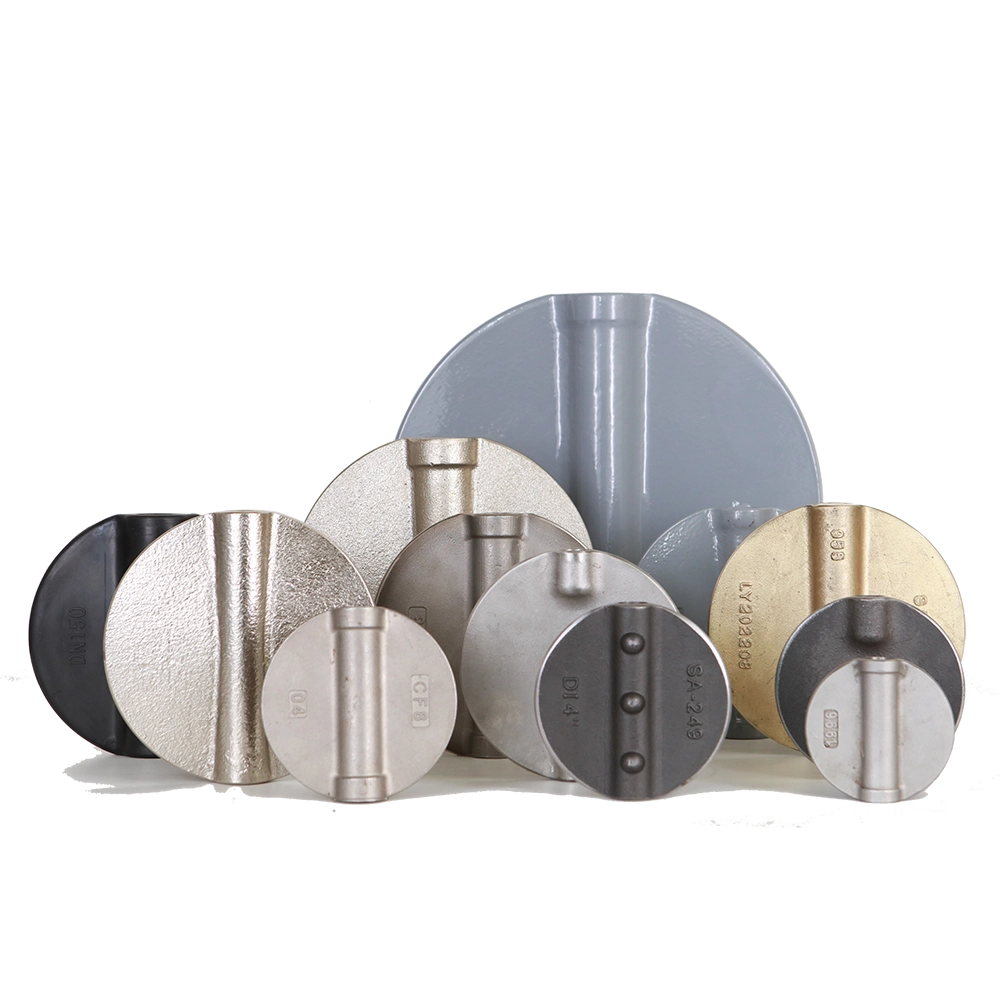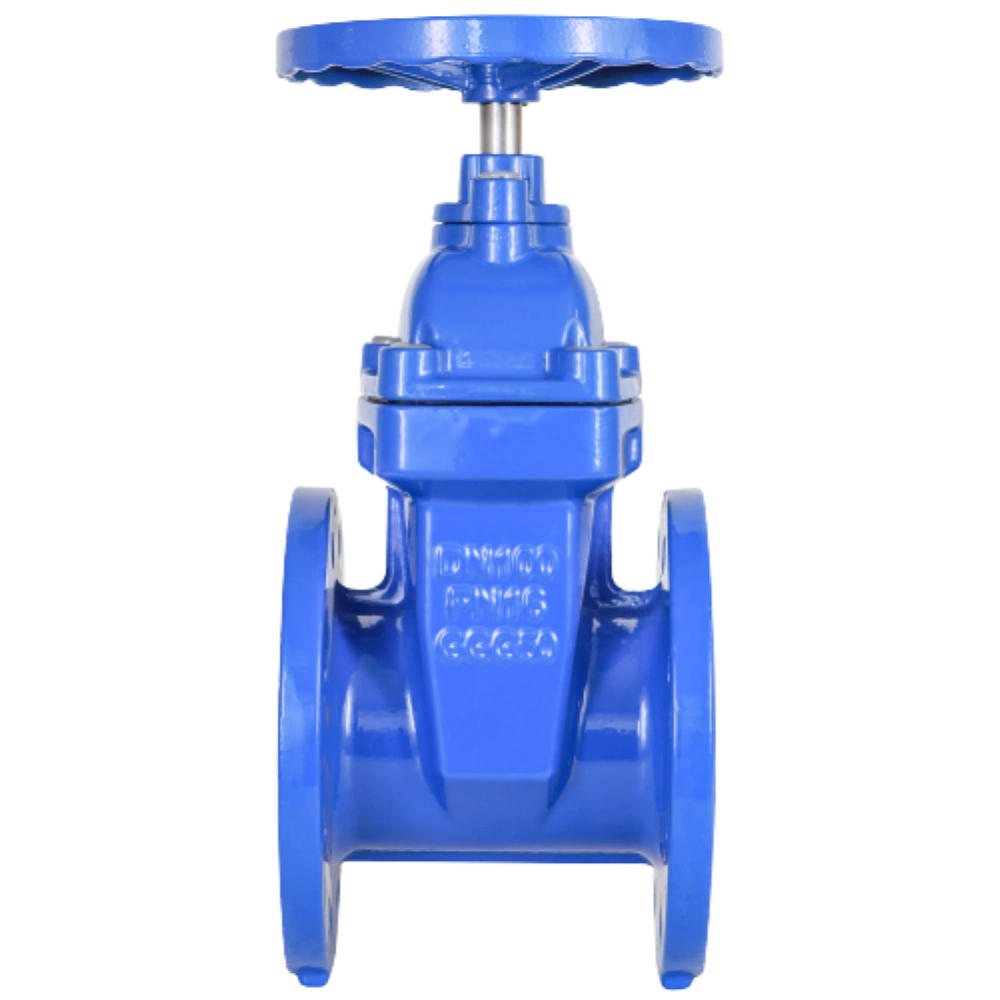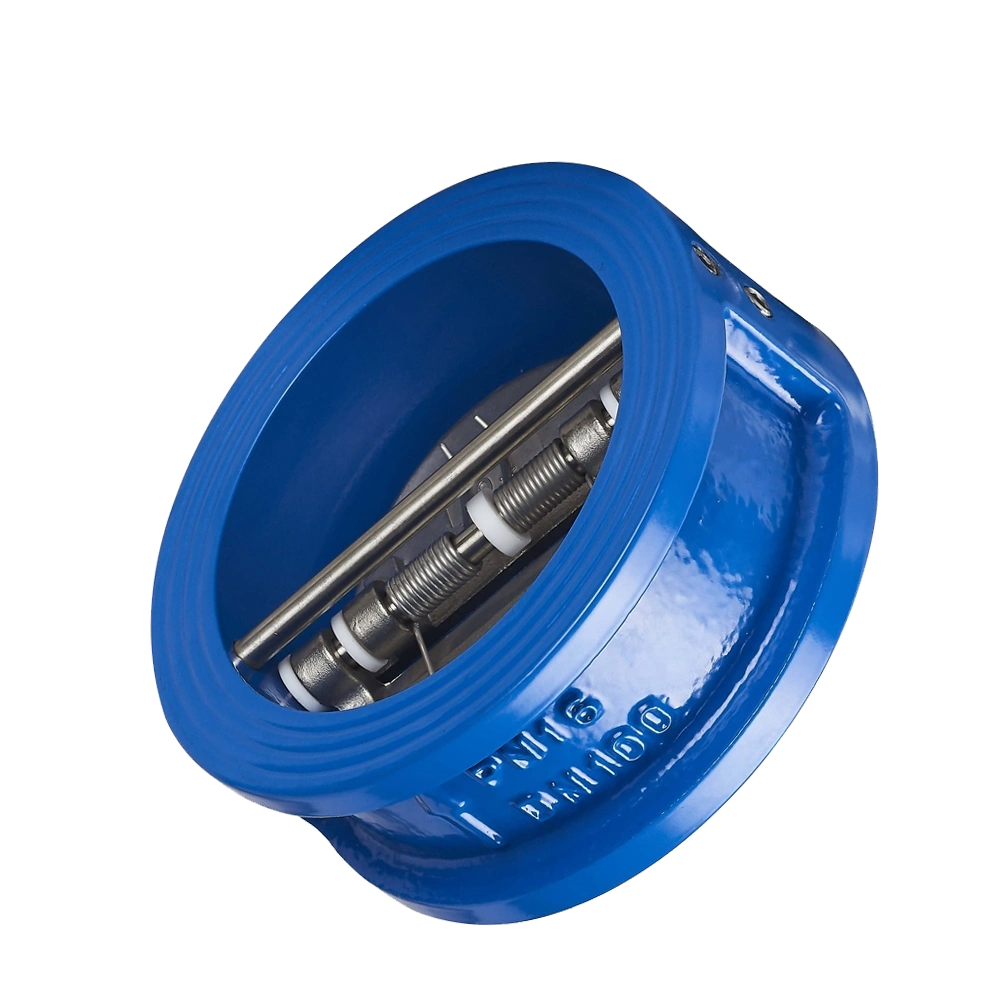Valves play a vital role in regulating the flow of fluids and gases. While analyzing valve specifications, you often come across the term “WCB.” Looking at this term, you might wonder: What is the WCB meaning in valves, and why does it matter? Many people see this term but can not understand it.
Some think WCB is a manufacturing process, while others confuse it with valve design. However, a complete understanding of WCB meaning is crucial. It will help you choose the correct valve for your project. So, are you new to this concept? Worry not! I will help you understand this term in the simplest way possible. Let’s jump in!
What is WCB in Valves?
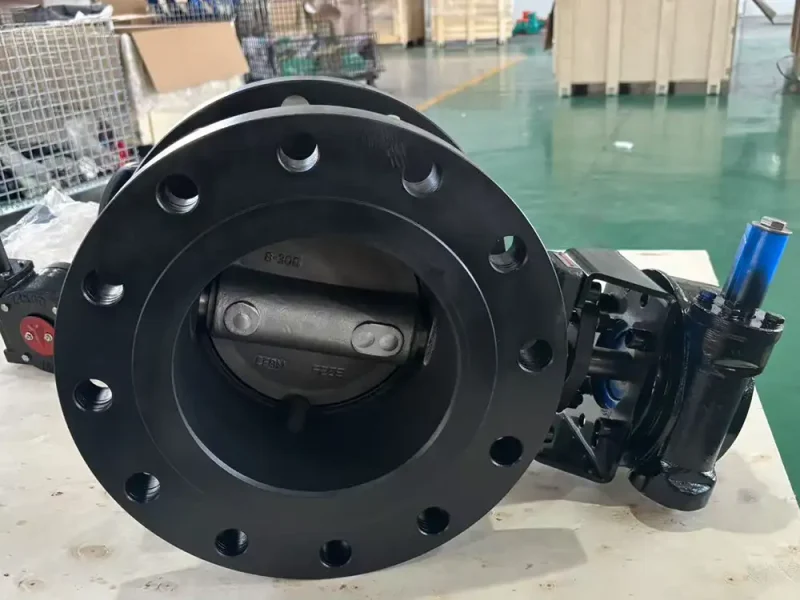
WCB stands for “Wrought Carbon Steel Grade B.” It is a special material used to make industrial valves and fittings. WCB is mainly a type of steel that contains carbon as a primary alloying element. Due to this carbon content, it is known for durability, strength, and pressure resistance.
The term WCB came from ASTM A216, a standard created by the American Society for Testing and Materials (ASTM). ASTM describes the types of cast carbon steel suitable for making valves. So, WCB is also one of the materials listed under ASTM. After knowing its origin, let’s try to understand the meaning of the complete form of WCB.
W stands for wrought. It indicates the manufacturing process of this material. It shows that WCB is manufactured by casting, not hammering or rolling. Casting is the process of melting metal and pouring it into a mold to obtain products of a specific shape. Now, C stands for carbon steel. This denotes that this material is mainly made of steel and contains carbon.
The last letter, B, reveals the mechanical properties and chemical composition of WCB. You can observe its strength, hardness, ductility, and so on in terms of mechanical properties. However, chemical properties show the presence of different composition elements. Let’s briefly look at WCB’s composition and mechanical properties below!
Mechanical Properties of WCB
| Property | Value |
| Tensile Strength | 485 MPa (70,000 psi) |
| Yield Strength | 250 MPa (36,000 psi) |
| Elongation | 22% min |
| Hardness | 197 HB max |
Chemical Composition of WCB
| Element | Percentage (%) |
| Carbon (C) | 0.30 max |
| Manganese (Mn) | 1.00 max |
| Silicon (Si) | 0.60 max |
| Phosphorus (P) | 0.040 max |
| Sulfur (S) | 0.050 max |
Why is WCB (Material) Used in Valves?
The valve operates under high pressure. So, they must be durable enough to withstand that pressure. However, not all the materials are created equal when choosing a valve. Among several options, WCB is the most trustworthy material. WHY? Let’s explore the reasons in this section!
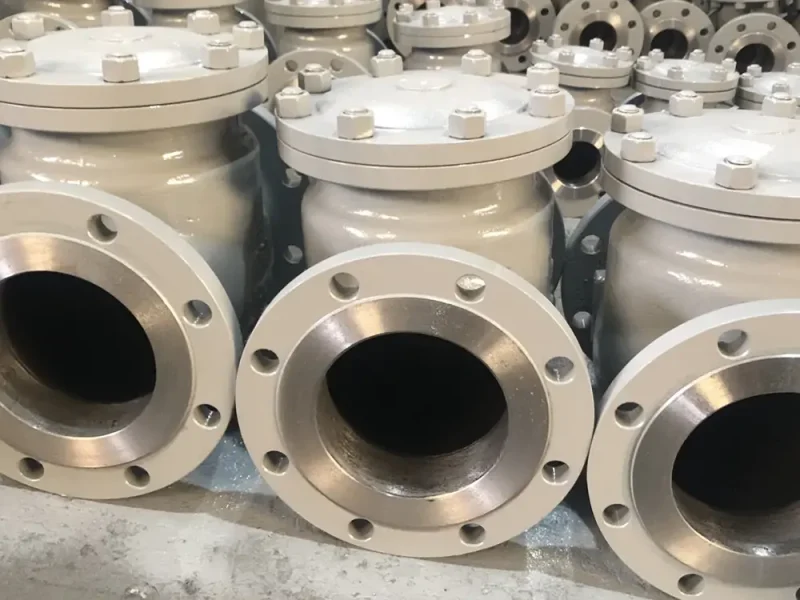
1- High Strength and Durability
One of the main reasons for the wide use of WCB is its durability. As you know, valves are often exposed to high-pressure fluids. A valve’s durability enables it to handle high pressure. So, what makes WCB so durable? As I said above, it is cast carbon steel with a small amount of iron.
This carbon content enhances steel’s hardness. However, with hardness, it has a significant tensile strength of about 485 MPa (70,000 psi). Tensile strength ensures that WCB can easily handle stress without breaking or bending.
2- Good Temperature Resistance
At the industrial level, valves often tend to operate at high temperatures. When exposed to heat, regular valves lose their structural integrity and expand. However, WCB is specially designed to handle those high temperatures.
For example, it has a melting point of 1,425°C to 1,535°C. Such a high melting point indicates that it does not quickly melt and tolerates extreme temperatures. Even if you expose the WCB valve continuously to high temperatures, it does not expand or deform.
3- Easy Weldability and Machinability
Weldability indicates how easily a material can be welded without cracking. However, machinability shows how effortlessly a specific material can be cut and shaped. WCB stands out in both of these properties. HOW? If we look at the composition of WCB, it contains a balanced amount of each content.
It ensures that it does not contain impurities that could hinder welding properties. Thus, you can quickly repair, customize, and fabricate WCB. Conversely, WCB can be easily cut and shaped into complex valve designs. Moreover, its smooth surface reduces tool wear.
4- Corrosion Resistance with Coatings
Based on facts, WCB is sensitive to corrosion, just like other carbon steel. Unlike stainless steel, it does not contain a higher chromium content. Therefore, it cannot withstand moisture and becomes rustic immediately. As a result, the valve’s life span decreases, causing fluid leakage.
To prevent this issue, WCB is coated with special types of coatings. These coatings act as protective layers and help improve its corrosion resistance. Standard coatings you can apply to WCB valves include epoxy coatings, zinc plating, nickel coating, and powder coating.
5- Cost-Effectiveness and Easy Availability
One of WCB’s most significant advantages is its cost-effectiveness. Several reasons justify its lower cost. First, the raw materials used in WCB are readily available and less expensive. Moreover, the manufacturing process of WCB is effortless due to its ease of machinability. This reduces the expenses of labor and costly tools.
Further, WCB is a widely used material for industrial valves. It is always in high demand, so it is manufactured worldwide. This reduces the market demand and makes it cost-friendly. Lastly, WCB proves a cost-effective investment due to its longer life span. With proper maintenance and coatings, you can use it for several years.
Common Applications of WCB Valves
As mentioned above, WCB valves are known for their durability and strength. They have become the backbone of several industries that handle different fluids. Let’s find out the most common sectors relying on WCB valves.
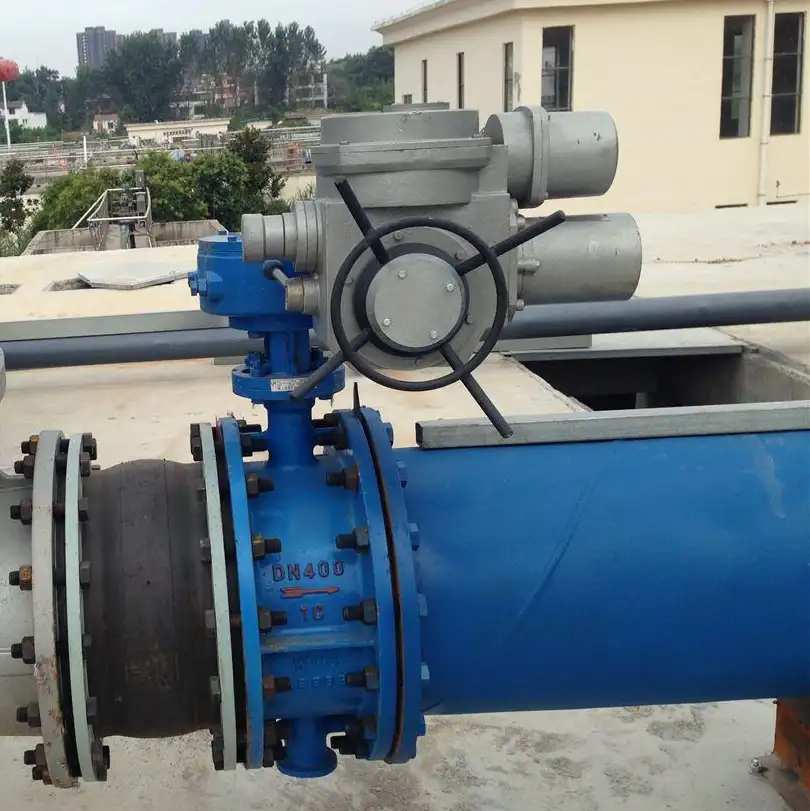
1- Oil and Gas Industry
Oil and gas industries are large consumers of WCB valves. These valves can handle high pressure and are used in different oil and gas production stages. For example, these valves control the flow of crude and refined oils. Moreover, WCB valves also manage the flow of gas in storage facilities. Lastly, these valves regulate fluid flow during transportation in a line system.
2- Power Plants and Energy Sector
Due to their high-temperature resistance, WCB valves are the most reliable for power plants. They are primarily used in boiler-feed water systems and steam turbines. These valves regulate the high-pressure steam and cooling water flow there. In hydropower plants, WCB valves control water flow towards turbines and reservoirs.
3- Water Treatment Plants
As you know, WCB valves are highly durable and easily resist water pressure. So, water treatment plants use these valves for filtration, purification, and distribution. For example, these valves manage the flow of filtered water toward the reservoir. Moreover, they control the flow of chemical-contaminated water away from the reservoir. In this way, WCB valves ensure health safety by distributing water.
4- Marine and Shipbuilding Industry
The marine environment is known for its salty environment. So, they must use corrosion-resistant and durable valves. Hence, WCB valves help the marine industry regulate fluid flow in many ways. For example, during blasting (ships remove or add water for stability), these valves ensure the safe flow of seawater. Moreover, in the cooling system of the vessel’s engines, these valves regulate the cold water flow. Lastly, WCB valves also help transport diesel, oil, and other files safely.
5- Chemical and Petrochemical Industry
The petrochemical industry deals with highly reactive and explosive chemicals. These chemicals must be controlled safely to prevent safety hazards. Therefore, these industries rely on WCB valves for extended durability and safety. For example, in destination units, these valves regulate the flow of oil and diesel. In manufacturing fertilizers and acids, these valves control the movement of reactive liquids.
How to Maintain WCB Valves?
No doubt, WCB valves are known for their durability. However, they can deteriorate if not maintained properly. So, proper maintenance is crucial to enhance their lifespan and performance. But would you main WCB valves? Let’s look at some maintenance tips!
- First, you should regularly inspect the WCB valve after its installation. For example, visually examine signs of cracking, wear, and leakage. Moreover, open and close the valve to check its tightness. If you find any irregularities in wear, immediately replace them.
- Proper lubrication is crucial for the valve’s moving parts to ensure functionality. If not, these parts can rust and cause wear. So, apply high-quality lubricants at regular intervals. However, avoid too much lubrication to prevent contamination.
- With time, dust particles accumulate over or inside the valves. This contamination can block fluid and affect its efficiency. So, use a vacuum cleaner or other cleaning solution to remove the debris.
- WCB is not naturally corrosion-resistant. Therefore, these valves often get rusted, reducing their life span. The only way to protect valves from corrosion is by coating. Thus, regularly apply paint coatings or use corrosion-resistant gaskets or seals.
- WCB valves are designed to handle high temperatures and pressure. However, exceeding the limits can cause severe damage. Therefore, you should avoid applying extreme pressure. Moreover, these valves should not be exposed to high temperatures for long periods.
Conclusion
WCB is a special term used in industrial valves. Understanding this term is crucial before choosing a valve. WCB indicates the specifications of the valve. For example, W means wrought, which suggests the manufacturing process of valves. However, C shows that the valve contains carbon content for higher durability.
Moreover, B indicates the composition and mechanical properties. So, overall, WCB valves are highly durable and strong. They can handle high temperatures and pressure. So, these valves are commonly used in marine, oil, gas, and petrochemical industries. Lastly, maintenance of these valves is crucial to extend their life spans and ensure functionality.

